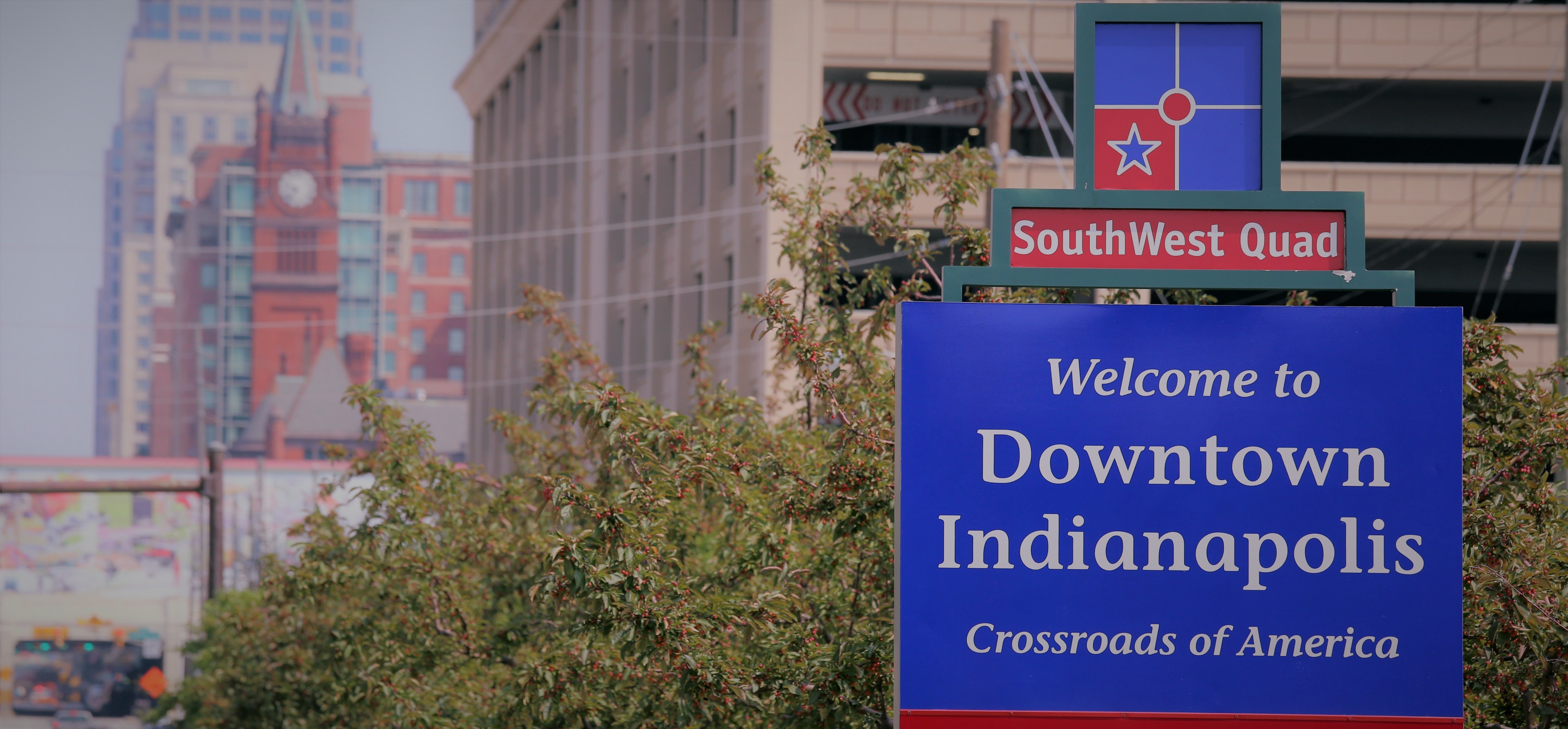

Articles
The Future of the American City
One year ago this month, The Colson Center started posting stories on the BreakPoint website featuring Christian organizations and individuals who are participating in what John Stonestreet and I called “God’s audacious plan to change the world through everyday people.” These stories of “Restoring All Things” are not about well-known superstars. They are not the stories of the William Wilberforces or the Dietrich Bonhoeffers or the Chuck Colsons of the world. They are stories of often unsung heroes in small towns, or faithful communities within larger cities. They include people like John and Ashely Marsh, who are helping to transform Opelika, Alabama; or Jason Janz, who is wanting to “change the history” of the community in his zip code in Denver, Colorado; or Bryan Owens, whose vision of entrepreneurship as a sacred vocation is making a difference in Scottsboro, Alabama, and around the country. All of these stories highlight an idea that is often lost in the land of mega-churches, mega-ministries, Monster Trucks, and super-sized fast-food meals. That idea is “small is beautiful.” Some demographers have noted that large cities are 19th century creations. The industrial revolution created specialization of function, but in order for specialized workers and machines to accomplish anything, they needed to be close together. Thus, were large scale industrial cities born. Today, though, we work in different ways. Many of us work from home. The Internet and technologies such as Skype, Zoom, and Go-To-Meeting have turned our basements into conference rooms. It is interesting to note that the population of the five boroughs of New York City passed the 7-million mark in the 1930s. Today it has just over 8-million people, even though the population of the United States nearly tripled during that same period, and cities such as Austin, Charlotte, Atlanta, and Nashville have seen 10-fold growth. That’s why the city of Indianapolis is so interesting, and why WORLD Magazine recently featured Russ Pulliam’s in-depth coverage of the difference faith-based organizations are making there. As Pulliam notes, Indianapolis “was nicknamed ‘Naptown’ or ‘India-noplace’ in the 1950s and 1960s.” Then, Americans started to notice that “small is beautiful” and people started flocking to this mid-sized, livable city. The population nearly doubled between 1960 and 1970. But with all the people came big-city problems, problems the city was unprepared for. In the next decade, the population of Indianapolis actually shrank, and Indianapolis appeared to be going the way of a lot of northern industrial cities as people fled to the Sunbelt. But something remarkable started happening. In 1978, a young lawyer named Stephen Goldsmith – an Indianapolis native – ran for Marion County prosecutor and surprised a lot of political observers by knocking off a powerful judge to win the office. He served there for 12 years, until 1991, when he became the mayor of Indianapolis. By then, Indianapolis was having serious big-city problems. Goldsmith, in the words of Forbes Magazine, “was a rare breed.” He got lots of credit for being a “Republican policy wonk who prized city innovation---a sort of Third Way, urban politico.” He did this, according to news reports, by “revving up the city's private enterprises.” But Pulliam notes that the unseen driver in the resurgence of Indianapolis was Goldsmith’s mobilization of the city’s Christian community. Pulliam writes in WORLD: “Goldsmith asked Indy pastors and nonprofit groups to help with the social problems of the homelessness, broken families, and drug addiction. As county prosecutor before he was mayor, Goldsmith had seen how evangelical Christian ministries seemed to have a quiet but successful track record with tough social problems that defied good government intentions. He didn’t offer money but pointed to the city’s dwindling property tax base and could wax eloquent about how government had none of the spiritual resources that he had seen in nonprofits.” Pulliam had a front-row seat to the transformation. He is – then and now – a columnist for the Indianapolis Star, a newspaper nurtured to greatness by his grandfather Eugene Pulliam. Pulliam is also a board member of WORLD, so his stories were soaked up by long-time WORLD editor Marvin Olasky, who featured Indianapolis in his now classic book The Tragedy of American Compassion. But that book came out more than 20 years ago, and it’s fair to ask: Did the Christian groups promoted by Goldsmith and touted by Olasky stick with their communities over the long haul? The answer to that question is “yes.” Pulliam’s article highlights, for example, a ministry that was “Olasky’s first stop on his tour” of Indianapolis: Shepherd Community Center. Pulliam reports that Shepherd and its leader Jay Height are “still going strong.” According to Pulliam, “Height is always looking for ways to battle poverty with the Bible on the city’s east side, putting on his staff a city cop and a trained social worker to patrol the center’s ZIP code more creatively than waiting for the 911 calls. Shepherd also now has a kindergarten through fifth grade school, mostly for Hispanic families in the area, offering a better student-teacher ratio than the public schools.” Pulliam highlights far more ministries than I can even itemize here, so I commend the article to you, but I do want to close with a mention of one ministry that Pulliam calls “the granddaddy of them all”: Wheeler Mission. This group, a member of the Association of Gospel Rescue Missions, just celebrated its 125th birthday. Pulliam writes, “It’s been a rescue operation for homeless men, but now helps women and children too. The shelter offers a bed and food for men off the streets.” Those who make sincere commitments to Christ have the option of going to Camp Hunt, in a rural part of the state, where they do a “deep dive” in Christian discipleship and vocational training. Pulliam’s story highlights the importance of what Eugene Peterson called “long obedience in the same direction.” But these organizations and their stories do not bear their full fruit unless those who hear them do what Olasky often admonishes his readers during his long career of writing and broadcasting such stories. And that admonition, a thoroughly biblical one, is this: “Now, go and do likewise.” This article is one in a series based on the ideas in the book Restoring All Things: God’s Audacious Plan To Change The World Through Everyday People by Warren Cole Smith and John Stonestreet. To see all the articles in this series, click here. If you know of an individual or ministry that might make a good “Restoring All Things” profile, please email wsmith@colsoncenter.org
01/4/19















